Yoga
Home
Yoga
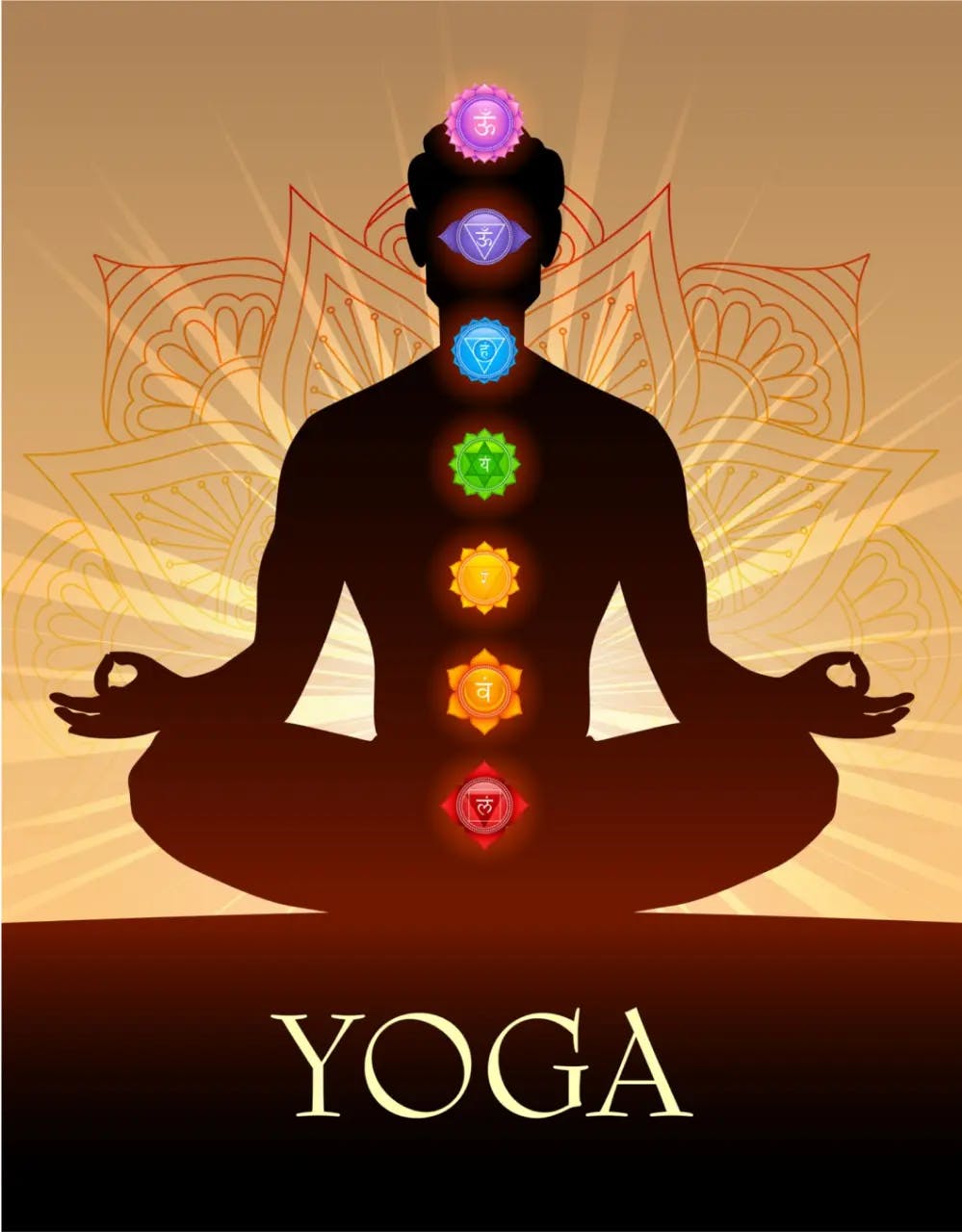
General Concept of Yoga
The word yoga derives from the Sanskrit root ‘Yuj’ meaning to unite, to join, to harness, to yoke, to contact, or to connect. Yoga means union, joining, harnessing, yoking, contact, or connection. It is the union between the individual self and the universal self. It is the joining of a healthy body and a disciplined mind for spiritual development. It is the harnessing of one’s own underlying nature as well as winder natural forces from which one has emerged. It is the yoking together of the body, mind and spirit through self –discipline. It is the contact with the element that is higher than the highest of the known elements, through the process of absorption or dissolution. It is establishing oneness between the finite and the infinite, between the microcosm and the macrocosm, between the inner being and the Supreme Being. Such union oneness is experienced only when a higher state of consciousness is reached through the spiritual effort of yoga. When the duality of matter and mind is totally dissolved into the original source, spirit, the supreme goal of yoga, is achieved.
In order to experience eternal bliss, the conscious self should merge into the divine super conscious which gives rise to it. That transcendent self is beyond all forms and names, beyond the cycles of births and deaths, beyond the notions of bondage and release, and beyond even the concepts of time and space. There is Brahman (ultimate reality), which is advaita(non dual), eka(one-without-a-second), sanatana or nitya(eternal), avikari(changeless), sarvgata(all-pervading), achala (unshakable), sthanu (stable), gunatita(transcendental), and ananta (infinite).
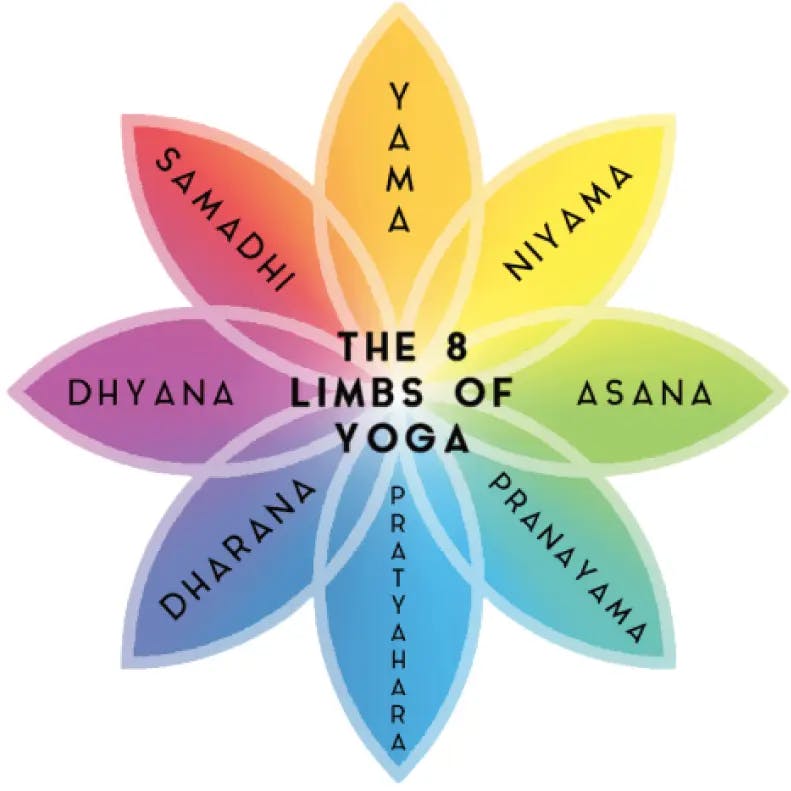
A. Yoga is a gift from the sages
In India from time immemorial, many great sages devoted their entire lives to study the secrets of human nature and existence. They pursued this search with indefatigable striving and iron endurance. They completely withdrew themselves from the commotions of the world and concentrated all their efforts solely upon this pursuit. Ultimately, their dedicated efforts bore fruit. They discovered the deepest secrets of life and the mysteries of being. They discovered a hidden most path leading upward to freedom and emancipation. Collectively they named it yoga.
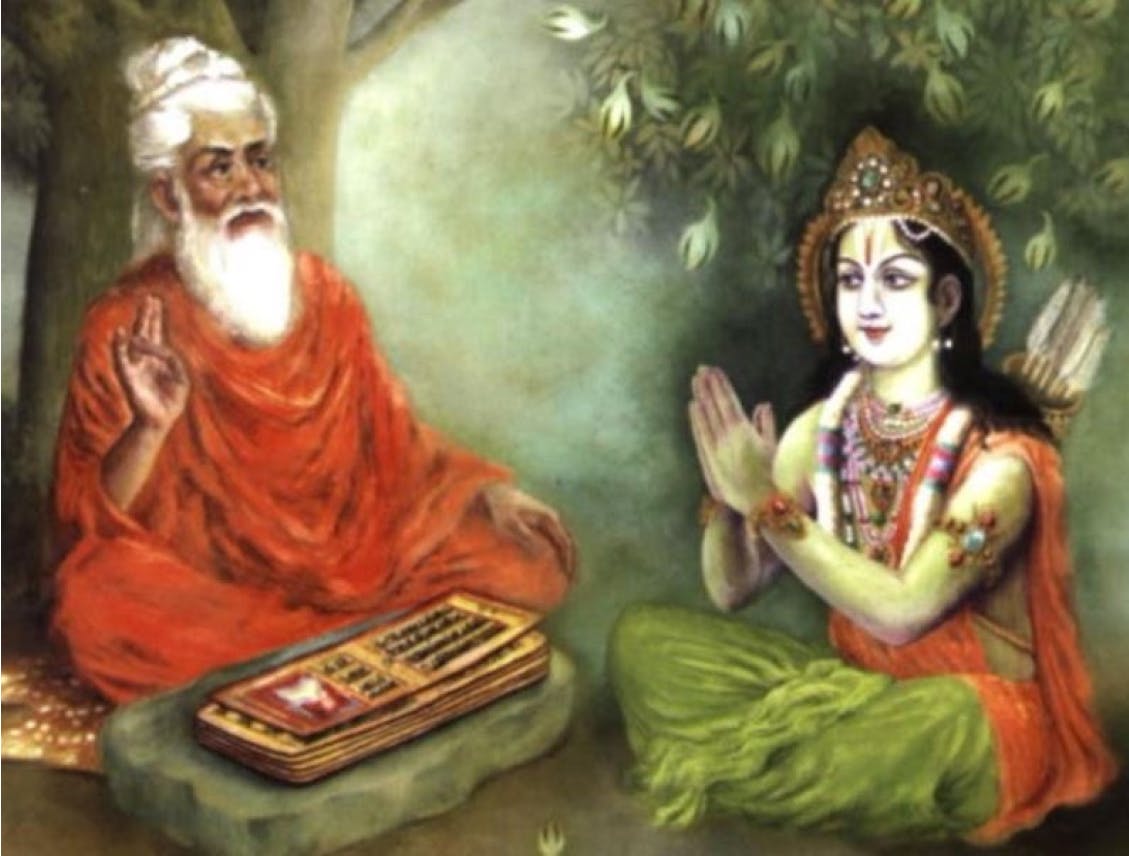
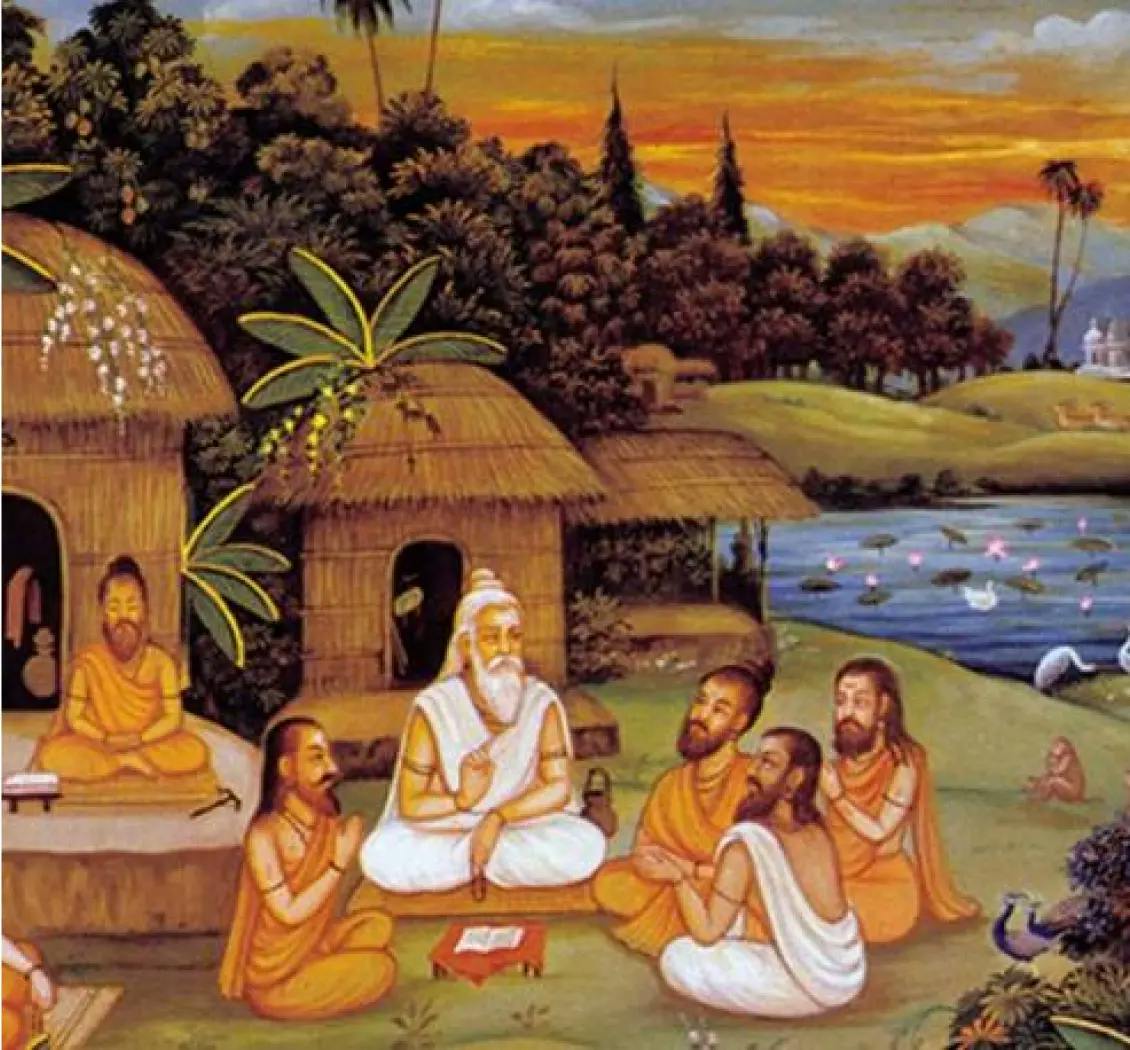
The great Indian sages of the past dedicated their lives in search of the truth. Incidentally, they tried to save the world from misery, apart from reaching perfection themselves. Just as a person with sight can lead a blind person along the proper path, in the same way, a realized yogi can lead other human beings along the right spiritual path. In the Bhagvad Gita, lord Krishna enjoins Arjuna to practice yoga not only for the sake of his own spiritual uplift but also out of consideration for the world order and loka sangraha (conservation of society). He says, “Whatever is done by a great person, the very same is followed by the ordinary ones. Whatever standards are set up by him, the common people adhere to them.”(III: 21) The great sages worked out the system of yoga in order to make it possible for every person with genuine aspiration to attain the self- appointed goal of liberation.
B. Yoga is both Philosophy and Science
Yoga is the greatest philosophy of India. It deals with the mysteries of life as well as of the universe. It deals especially with those aspects of life and universe that are beyond the comprehension of normal human intellect. Its doctrines are based on spiritual experience, and so they appeal more to intuitive discrimination rather than to intellectual understanding. These doctrines are of a profound nature since they deal with a wide range of transcendental experiences. They have stood the test of time, since they have proven to be in conformity with the facts of experience. These doctrines are not merely dogmas but are scientific truths and those who have experimented with them have invariably borne witness to their practicability.
Yoga is not a mere theoretical philosophy but a practical discipline based on personal spiritual experiences. It is the most ancient science of spiritual self-development, based on the laws governing the natural forces and the higher life. It is a science that is as perfect as it is exact in its methods and techniques. It not only lays down the philosophical percepts, but also teaches the practical means by which a human being can attain salvation. It is a profound system of spiritual efforts that can be practices through definite procedures of physical and mental mortifications with positive results at each stage. Yoga is at once a unified philosophy and science.

C. Emphasis of Yoga

C. Emphasis of Yoga
Indian Yogi’s, since early history, have discovered the Brahman (ultimate reality) and its independent entity, atman (individual spirit), both of them being identical, eternal, imperishable, changeless, beyond time and space, and also beyond the veiling net of normalcy and the domain of the physical eyes. Yogis have mainly explored not the visible world, which belongs to the sphere of time, space and change, but to the hidden forces of life underlying the conscious human personality and the physical frame. Yoga philosophy has always provided information about metaphysical principles, ethical values, and moral standards, but its primary goal is to bring about a complete transformation of human nature in a spiritual manner. Its chief aim has been not merely a renovation of intellectual understanding, but also a radical change of heart at the core of human existence. Its chief aim has been not merely a renovation of intellectual understanding, but also a radical change of heart at the core of human existence. Its emphasis has been not on the outer and tangible spheres leading to bondage and limitation but on the inner and tangible spheres leading to freedom and perfection. Yoga envisages a sort of alchemical transformation or a total conversion of the bound soul into the released self, bringing an end to the soul’s rounds of births and deaths.
Yoga philosophy propounds that the bound human soul is reflected as an animating principle in the gross human physique. In the same manner, the veiled divine spirit is reflected in the entire universe. A human being can transcend the gross body and realize the true nature of self through the techniques of yoga. Similarly, one can also transcend gross creation and realize God or Brahman through yoga. As the human body is the vehicle or instrument for self-realization, so also creation is the instrument for God-realization. Yoga is the ladder through which a person reaches God.
D. Yoga Is Not a Religion
Yoga is neither a separate religion nor a part of any other religious system. In fact, it is around the practice of yoga that the great religions of the world have developed, be it Hinduism, Buddhism, Jainism, Christianity, Islam, Zoroastrianism, Taoism, or any other religion. Great persons of all these religions (call them yogis, mystics or saints) have obtained glimpses of spiritual experiences through arduous training and discipline that basically resembles yoga. That is why the basis of all religious faith of the world is common. All religious teachers have expressed in their own language and words that the soul is immortal and it emerges from some source higher than itself. We may call this divine source to be Brahman, Ishvara, God, Allah, Supreme Being, universal spirit, divine principle, ultimate reality, highest truth, or give it any other name. But all the religions believe that the individual soul belongs to this divine source that can be realized by the former, and that such realization can bring eternal bliss and emancipation. What such realized souls speak arises from that divine source that is beyond the intellectual comprehension of ordinary human beings. Their words are uttered by the divine source itself. They become the driving force of the nations. The knowledge revealed by them is yoga of one sort or the other. All teachings of the great masters of different religions are esoterically similar, leading toward one and the same truth. Yoga is universal and a yogi is not necessarily bound to any particular religious faith. The yogi may belong to any religion if he or she so chooses or the yogi may not accept any religious faith at all. The science of Yoga is much older and higher than any religion. No religious philosophy or dogma can give to the human being knowledge about his or her true self or offer salvation. That can be provided only by a practical and higher spiritual discipline like yoga.
It is true that India has been the home of yoga, but that does not mean that yogic practice is the monopoly of Indians only. Anyone belonging to any other nation or race or following any religion has a right to practice it, because yoga has a much broader appeal than nationality, race or religion. It does not bind a person to specific dogmas or notions leading to prejudices but guides a person to follow an independent, individualized path to self-discovery. It permits an individual to establish a relationship with the divine in his or her own chosen manner. That yoga discipline, even today, provides practical as well as sublime teachings to people of all religions and cultures throughout the world is itself the greatest proof of its broad appeal and universality.
Approach of Yoga
Yoga philosophy views an individual person as a whole being that includes his or her physical, mental, intellectual, emotional and spiritual nature. Its view of a human being is much grander than that of any other philosophy since it tries to see a person beyond the limits of time and space. It views the entire being and not just a few of his or her aspects. The final conception is that of a perfect being with perfect manifestation in the body, a divine human. Yoga is a process of growing, unfolding and becoming aware or conscious as a whole and not partially, so as to reach perfection: the psychological interpretation embraces the intermediary objective, while the spiritual interpretation formulates the lofty objective of liberation which is the final goal of yoga.
Yogic discipline works up gradually through its various techniques to unfold and develop all the forces that are existent in a human being. Such growth begins at the gross level or the physical plane and then proceeds slowly toward the subtler levels, finally ending in the spiritual plane. Of course, such transformation occurs very slowly and usually continues for many years before one realizes his or her inner self.
The achievement of the final stage of perfection in which an individual self merges into or becomes one with the universal self is extremely difficult. It remains beyond the reach of even many advanced yogis. Very few can reach the final stage of perfection after passing through the various planes below that highest level. Only a few exceptional yogis, worthy by their own merits, can attain such a level of perfection. For most ordinary human beings it remains beyond conception, let alone be attainable experience.
The approach of yoga is to unfold the real nature of self by bringing out all the best from within and to lead a finite human being towards the infinity. Yogic discipline enables one to differentiate between the ego and the true self through proper discrimination and right knowledge. Such discrimination and knowledge spontaneously dawn upon a person through the practice of yoga. They are born out of actual spiritual experiences.

Access to Yoga
Yoga philosophy views an individual person as a whole being that includes his or her physical, mental, intellectual, emotional and spiritual nature. Its view of a human being is much grander than that of any other philosophy since it tries to see a person beyond the limits of time and space. It views the entire being and not just a few of his or her aspects. The final conception is that of a perfect being with perfect manifestation in the body, a divine human. Yoga is a process of growing, unfolding and becoming aware or conscious as a whole and not partially, so as to reach perfection: the psychological interpretation embraces the intermediary objective, while the spiritual interpretation formulates the lofty objective of liberation which is the final goal of yoga.
A. Aspirants of Yoga
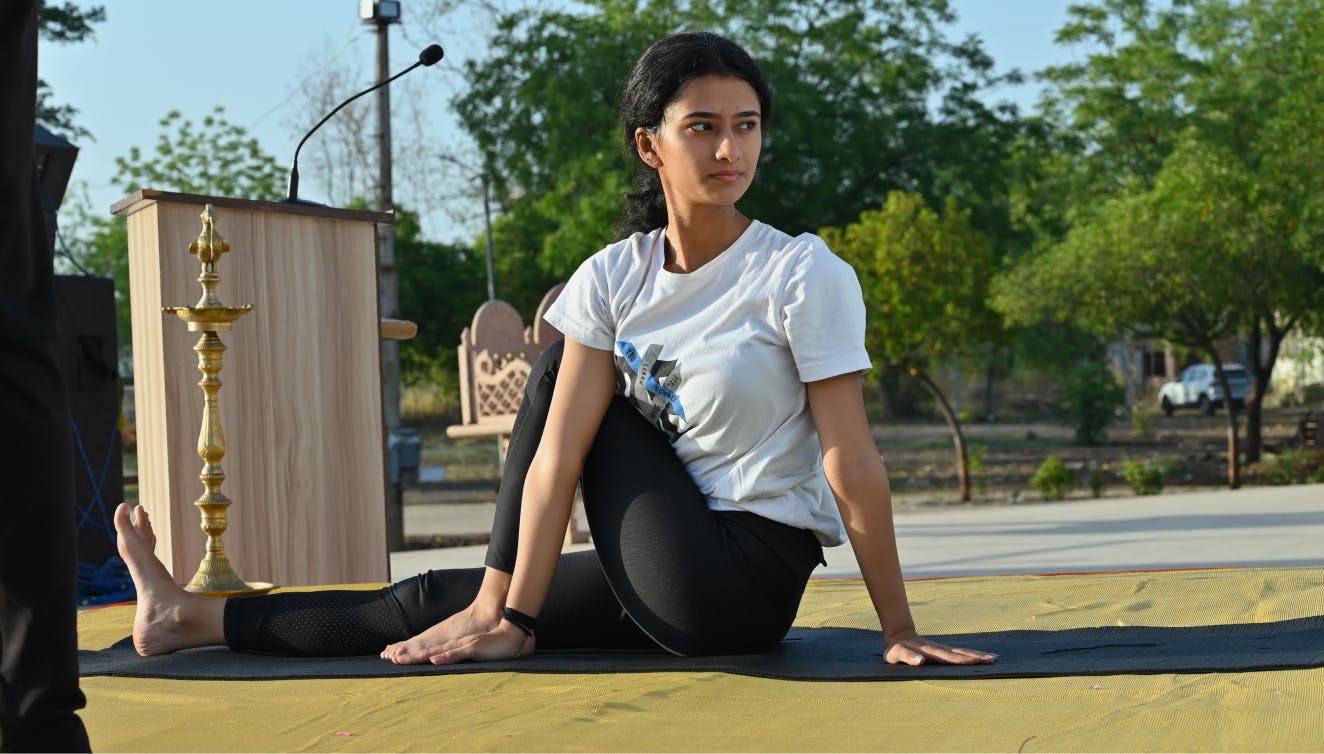
A. Aspirants of Yoga
It is no doubt true that the path of yoga is very difficult. None is barred, however, from practicing it. One should only be careful in fixing the goal to be achieved. An aspirant should recognize his or her own shortcomings and limitations, but with sincerity of effort, should strive persistently to achieve a modest goal. He or she should choose a goal that is really attainable. It may be a preliminary or intermediary goal; it does not matter so far as even these lead to physical health and the development of mental abilities.
B. Guidance & Self-effort in Yoga
The path of yoga is rigorous, but there are experienced yogis or gurus who have achieved higher spiritual levels and can guide others. Such gurus have themselves learned Yoga through hard training and arduous discipline. A real guru (preceptor) is one who has experienced the real nature if his or her own self and attuned him or herself with God or universal self. Such a person always experiences oneness with all and loves all without discrimination. He or she abides serene in the uninterrupted stillness and super-consciousness. This person has achieved the highest goal of yoga.
B. Guidance & Self-effort in Yoga
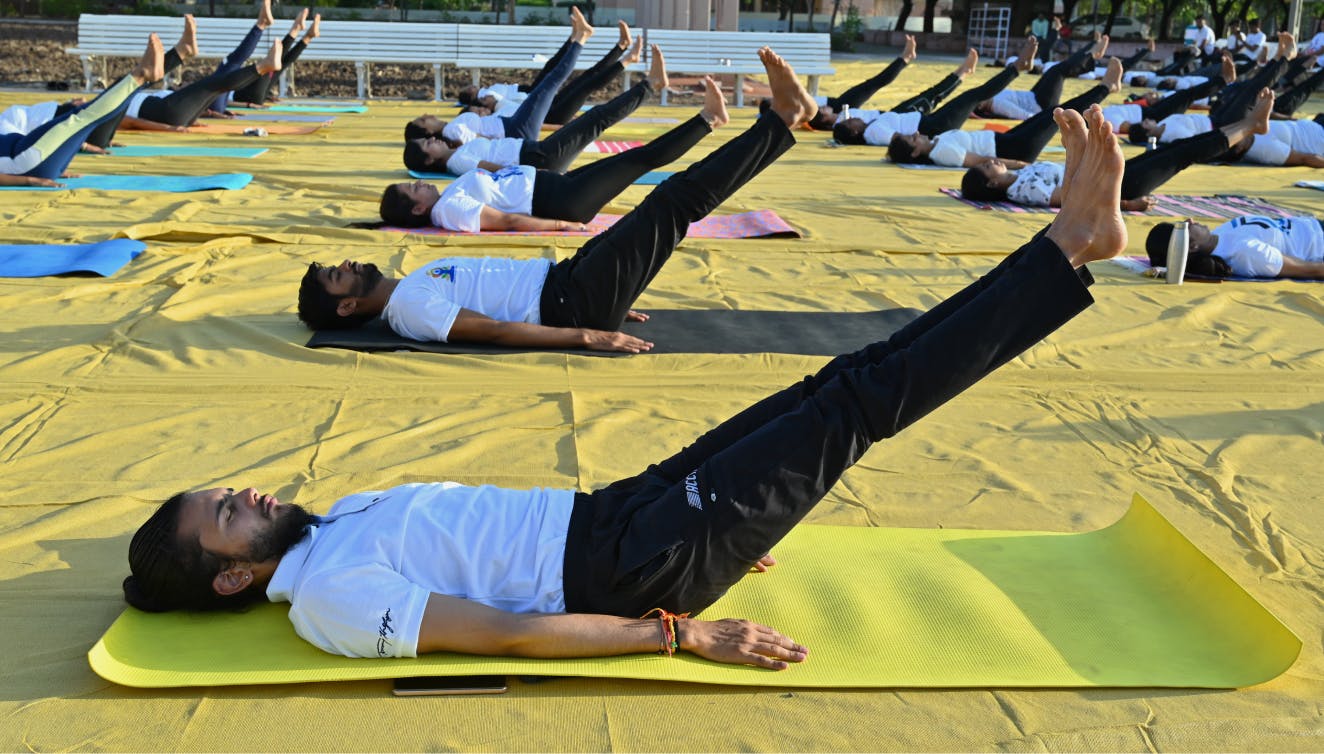

Origin & History of Yoga
Yoga originated in India. It is impossible to say anything authoritatively with regard to its time of origin, but it certainly is of a great age. It can be called ageless since it is believed to have been taught initially by the Lord. Both Lord Krishna (divine incarnation of Lord Vishnu) and Lord Shiva are known as the originators of yoga.
In the Bhagvad Gita (chapter IV), Lord Krishna tells Arjuna that he preached this timeless knowledge of yoga first to Vivasvat (sun) many years ago. Vivasvat then preached it to his son Vaivasvat Manu (the first man of the human race). Manu gave that knowledge to his son, King Ikshavaku, and from Ikshavaku the knowledge of yoga was passed on to many rajarshis (royal sages) in traditional succession.
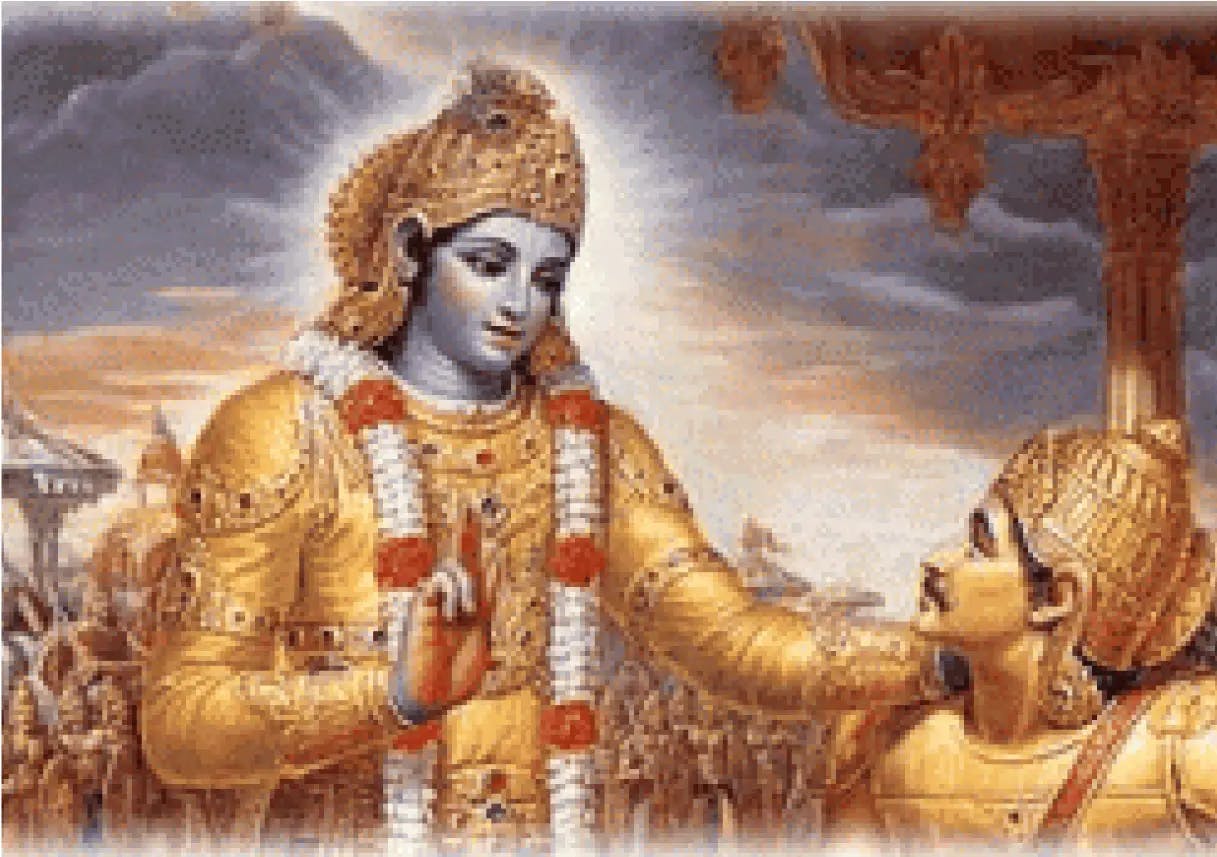
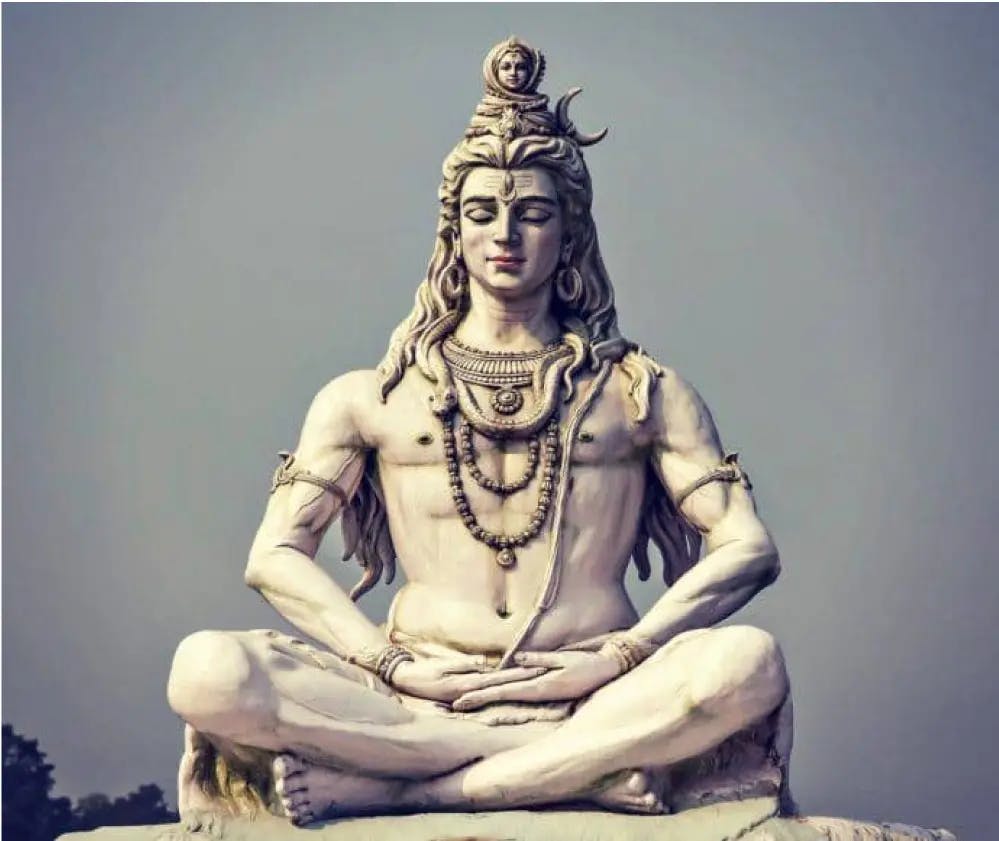
But after a long lapse of time, the true knowledge of yoga disappeared and none could master it. So, once again Lord Krishna revealed the true knowledge of that very same ancient yoga to his beloved friend and devotee Arjuna on the battlefield of the great Mahabharata war. Manu is regarded as the progenitor of the human race for the period of nearly 306.72 million years. Vaivasvat Manu, referred to above, is considered to be the progenitor of the present race of human beings. Out of 306.72 million years (that is the life span of the present Manu); 120.53 million years have already passed. We are at present living in the twenty-eighth kali yuga, which is supposed to have begun February 13, 3102 B.C. That means Vaivasvat Manu received the knowledge of yoga from his father Vivasvat nearly 120.53 million years ago, but Vivasvat received it from the Lord even earlier than that. This indicates the timelessness of yoga.
Stages of Ashtang Yoga
- YAM & NIYAM
- HATHA YOGA
- RAJA YOGA
- ASANA
- SHATKRIYAS
- BANDHAS
- PRANAYAM
- KUNDALINI
- MUDRA
- PRATYAHAR